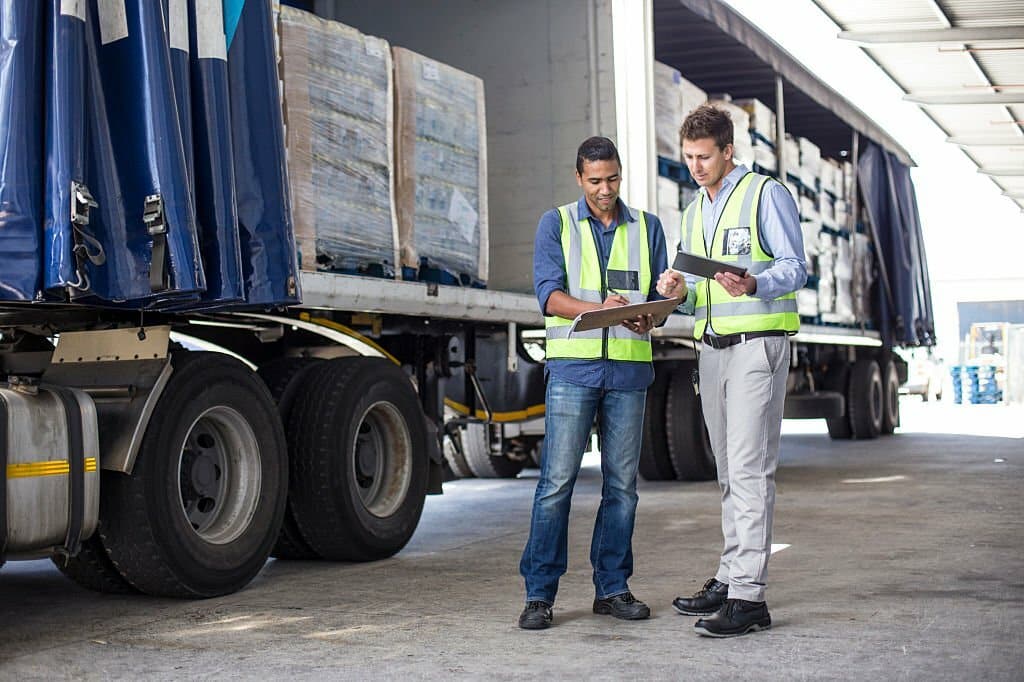The logistics and supply chain sectors are undergoing a monumental transformation, propelled by digital technologies. This evolution is not just enhancing operational efficiencies but is also reshaping the entire landscape of how goods are moved and managed globally. This article delves into the core aspects of digital transformation in these sectors, illustrating its significance, the technologies involved, and the impact on businesses and consumers alike.
Understanding Digital Transformation in Logistics
Digital transformation involves the integration of digital technology into all areas of a business, fundamentally changing how you operate and deliver value to customers. In logistics, this transformation goes beyond mere automation to incorporate advanced technologies that enable significant leaps in service levels, transparency, and efficiency.
Key Technologies Driving Change
1. Internet of Things (IoT):
IoT devices can track shipments in real-time, providing data that helps in optimizing shipping routes, reducing costs, and improving delivery times. Sensors can monitor the condition of goods in transit, ensuring they are stored at optimal temperatures and conditions, reducing spoilage and damage.
2. Artificial Intelligence (AI) and Machine Learning (ML):
AI and ML are used for predictive analytics, which can forecast demand trends and transportation issues before they occur. These technologies enhance decision-making processes, from managing inventory to scheduling deliveries.
3. Blockchain:
Blockchain technology offers a secure, transparent way to document transactions in the supply chain. It ensures the authenticity of goods by preventing tampering and fraud, enhancing trust among stakeholders, including suppliers, shippers, and customers.
4. Robotics and Automation:
Automated warehouses significantly improve the speed and accuracy of picking and packing processes. Robots do not tire and can work in environments that are not suitable for humans, increasing productivity and safety.
5. Advanced Analytics:
Big data analytics can process large amounts of information to optimize routes, manage supply chain risks, and improve overall efficiency. Analytics turn raw data into actionable insights that drive smarter, more proactive decisions.
Impact on Business Operations
The integration of these technologies has led to several transformative impacts on business operations:
– Increased Efficiency: Automation and improved data flow significantly cut down the time required for processing orders and managing inventories.
– Enhanced Transparency: Real-time tracking and blockchain technologies ensure that every step of the supply chain is visible and verifiable by all stakeholders.
– Cost Reduction: More efficient route planning and automated operations help reduce fuel costs and human labor, respectively.
– Improved Customer Satisfaction: Faster, more reliable deliveries and better product quality directly contribute to higher customer satisfaction and loyalty.
Overcoming Challenges
While the benefits are significant, the path to digital transformation is fraught with challenges. These include the high cost of technology integration, the need for skilled personnel to manage advanced technologies, and the resistance to change within established organizations. Moreover, cybersecurity becomes a paramount concern as more devices get connected and more data is shared across platforms.
Future Trends
Looking forward, the logistics and supply chain sectors are set to continue their rapid digital evolution. Trends likely to shape the future include autonomous vehicles for delivery, drones for last-mile delivery, and greater use of AI for dynamic pricing and cost management. As sustainability becomes a pressing global issue, digital technologies will also play a crucial role in developing greener logistics solutions.
Building a Digital-Ready Workforce
For logistics companies, the digital transformation journey also involves cultural and educational shifts within the organization. Training and developing a workforce skilled in new technologies is critical. Companies must foster a culture of continuous learning and adaptation to stay competitive in a digitally driven environment.
Conclusion
Digital transformation in logistics and supply chain is not just a trend but a necessary evolution to meet the demands of a rapidly changing world. As technology continues to advance, it’s imperative for companies in these sectors to adapt, not just to stay competitive but to drive forward the global economy. Ensuring that your digital strategy is integrated, secure, and customer-focused will be key to leveraging the full potential of digital innovations in logistics and supply chain management.



